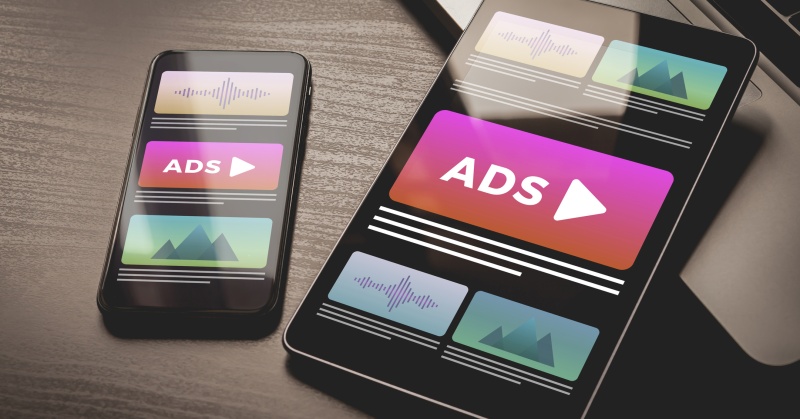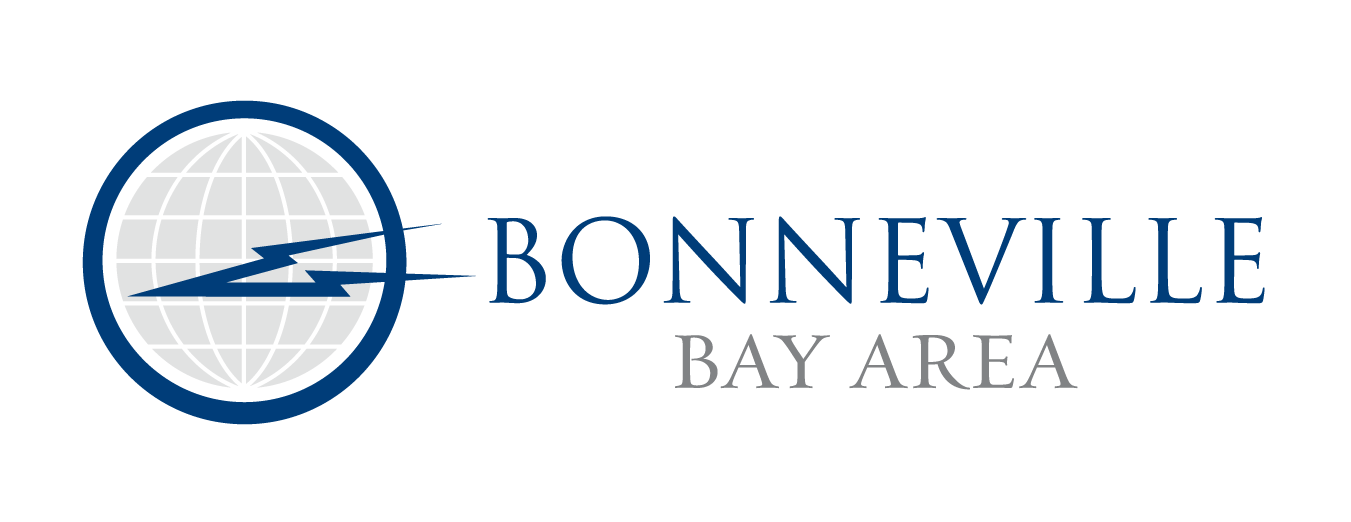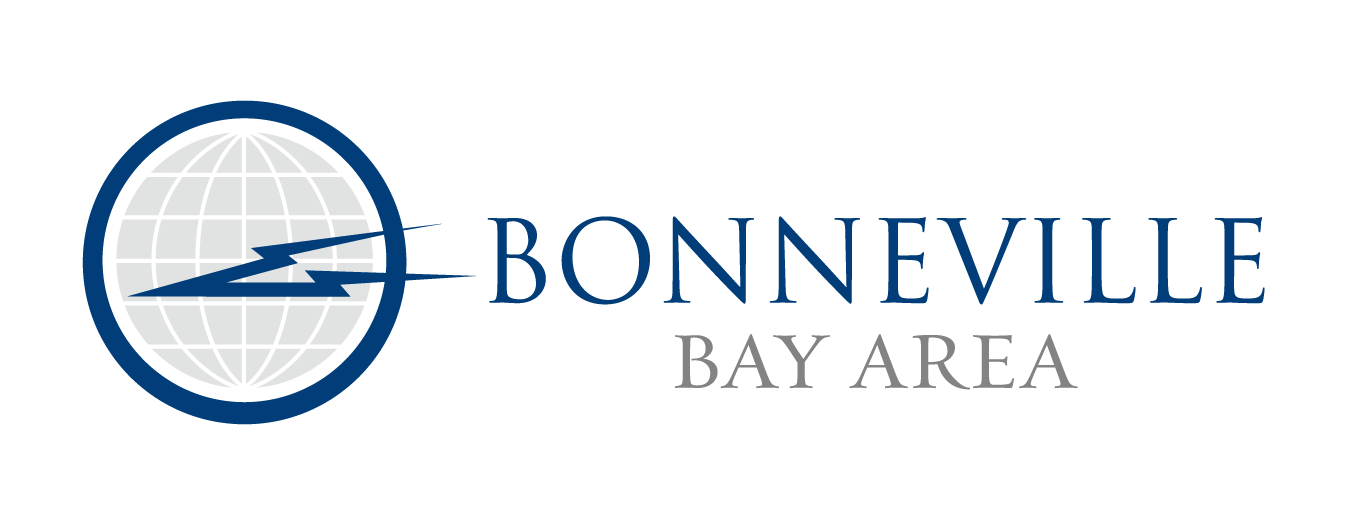 Programmatic advertising is experiencing a surge in popularity that's only going to increase. eMarketer predicts that nearly 88% ($81 billion) of all digital display ad spend in the U.S. will go toward programmatic advertising. If you want to take advantage of this lucrative opportunity, it's important to know more about what programmatic advertising is and how it works.
Programmatic advertising is experiencing a surge in popularity that's only going to increase. eMarketer predicts that nearly 88% ($81 billion) of all digital display ad spend in the U.S. will go toward programmatic advertising. If you want to take advantage of this lucrative opportunity, it's important to know more about what programmatic advertising is and how it works.
The following is an in-depth introduction detailing what programmatic ads are, how they work, and where you can use them.
What Is Programmatic Advertising?
Programmatic advertising is an automated method of purchasing and selling ads used in digital marketing campaigns. Programmatic ads are sold using an automated bidding system in real-time. In the process, companies can instantly buy ads to display on apps, websites, or other platforms.
Utilizing programmatic advertising allows for highly targeted ads that reach consumers at the right time and place online as they are making purchasing decisions.
How Did Ad Buying Work Before Programmatic?
Prior to programmatic advertising, advertisers and publishers needed to manually plan, purchase, and sell ads directly with each other. When buying ads manually, advertisers needed to work with a specific publisher sales team. Advertisers would request proposals and negotiate the purchase with the direct seller/publisher. Today, all of this is more easily achieved with the help of automated bidding using programmatic advertising platforms.
What Are the Types of Programmatic Advertising?
Unlike traditional ad buying, programmatic advertising doesn't require direct communication between advertisers and publishers. There are a few types of programmatic advertising deals that determine how and where ads are delivered.
Real-Time Bidding (RTB)
Real-time bidding (RTB) is the most popular method of programmatic media buying. It's also referred to as the open marketplace or auction. In RTB, ad slots are made available to any advertiser in the marketplace, and ads are sold to the highest bidder.
Media buying occurs in real-time as advertisers buy ads on a first-come, first-serve basis. While ads go to the highest bidder in the open marketplace, advertisers don't need to pay the actual bid amount to secure the purchase. RTB works using a second-price auction system, where the highest bidder pays only one cent more than the second-highest bidder.
Private Marketplace (PMP)
The private marketplace (PMP) is similar to RTB, but advertisers only have access to the marketplace if they receive an invitation. In PMP auctions, publishers will sell premium ad inventory to specific advertisers invited to the auction.
Publishers in PMP auctions tend to sell ads that will be placed on high demand website pages that receive the most site traffic, which is why they're more exclusive than RTB ads. Advertisers also benefit from more transparency as they know exactly where their ads will appear.
Guaranteed Private Marketplace
In the guaranteed private marketplace, advertisers and publishers communicate directly, which makes it more like traditional advertising. The advertiser will be able to negotiate with the publisher to reach an agreement. Advertisers have more choices when buying ads, enabling them to select prices, inventories, and target audiences.
How Does Programmatic Advertising Work?
There are two main platforms that are used for all transactions in programmatic buying: demand-side platforms and supply-side platforms.
Demand-side platforms (DSPs) is software that allows companies, advertisers, and ad agencies to purchase ads programmatically in real-time. DSPs enable programmatic buying from either supply-side platforms or ad networks.
Supply-side platforms (SSPs), meanwhile, use software to help publishers coordinate the selling and distribution of ads. Using SSPs, publishers can maximize all their available ad inventory.
What Are Some Benefits of Programmatic Advertising?
There are many benefits of using programmatic advertising as an advertiser.
Demographic Targeting
Using programmatic advertising, advertisers can purchase ads based on the audience they want to reach. This means advertisers can target their ads based on age, gender, location, and other factors. Direct media buying, on the other hand, targets based solely on the specific publisher website.
Behavioral Targeting
Rather than focusing on personal identifying information, behavioral targeting uses cookies to gather data from consumer browsing habits, such as search terms used, sites visited, affinity toward certain topics, and whether they are in-market for a specific product. The data is used to display relevant ads and offers and improve campaign effectiveness.
Contextual Targeting
Programmatic advertising also enables advertisers to buy ads that will be displayed based on a website's content. Contextual targeting works based on the specific context and semantics within an actual webpage, which helps match relevant ads to that page’s content.
Keyword Targeting
You can also buy ads based on keyword searches on various websites. Similar to contextual targeting, keyword targeting works by matching ads to relevant website pages based on keyword matches.
Retargeting
Advertisers can purchase ads for the purpose of launching retargeting campaigns. Retargeting ads will appear in front of consumers who have previously visited a website for the first time but did not necessarily take an action. Retargeting is a highly effective way to encourage consumers to return to your website.
Cross-Device
Programmatic ad campaigns follow targeted individuals across all devices including mobile, desktop, tablet, and OTT video streaming. You can also purchase ad slots for radio stations and podcasts.
Real-time Analytics
Advertisers can also receive immediate insight into how consumers are interacting with ads. You can view in-depth analytics, including metrics such as impressions, clicks, view-thrus, and conversions; plus many other metrics that look at performance by ad size, device, website, time of day etc. In the process, you'll be able to determine which ads are the most effective and which are underperforming. You usually aren’t able to get that kind of information with direct media buying.
Take Advantage of Programmatic Advertising to Revamp Your Marketing
Programmatic advertising has increased in popularity as technology and general capabilities of digital ads improve. In turn, direct media buying is likely to become a more niche activity. If you want to get the most from your marketing campaigns, programmatic advertising can help you secure the best placement for your ads with the most effective targeting and performance.




